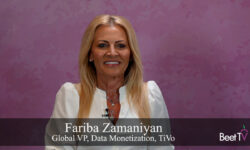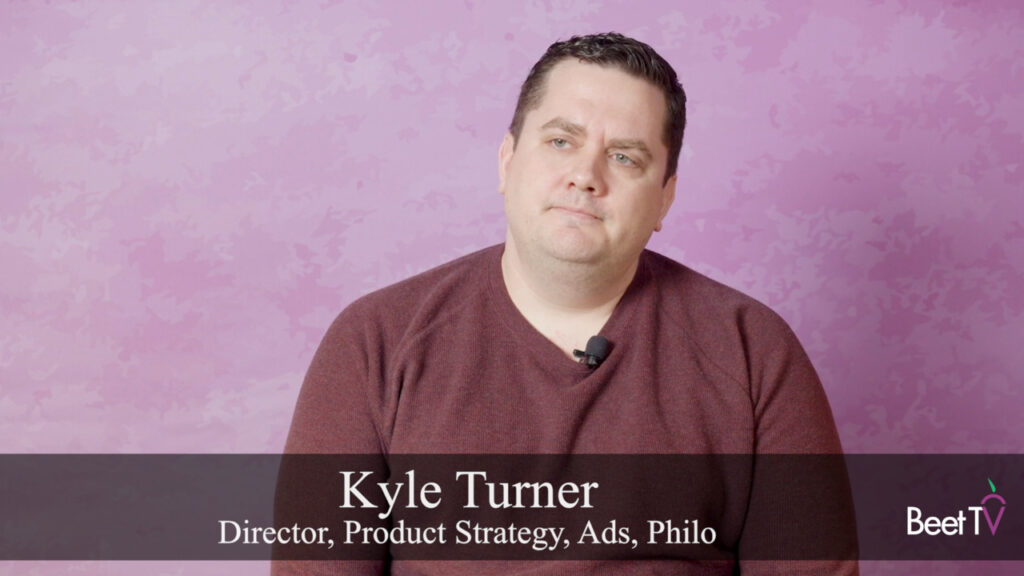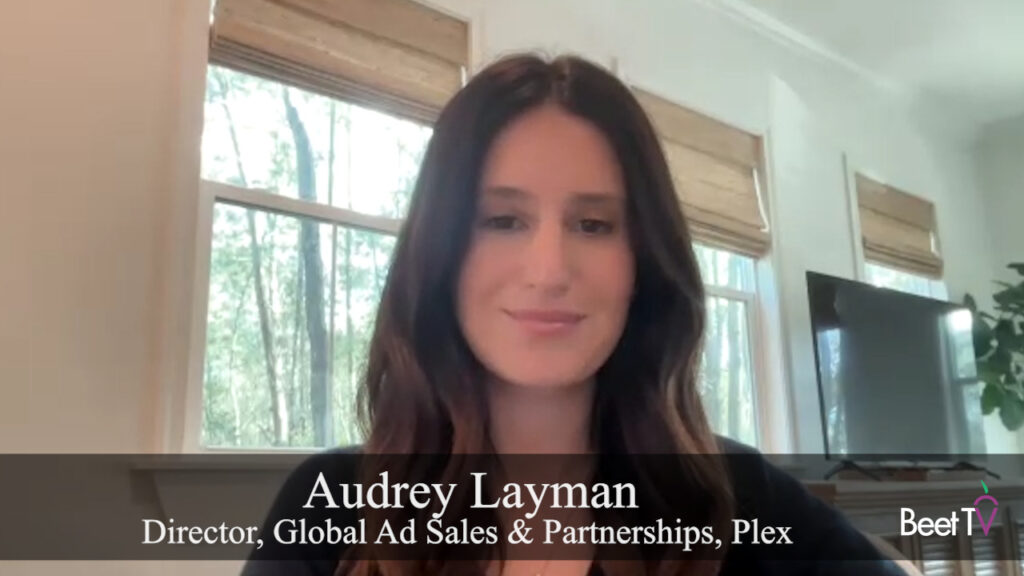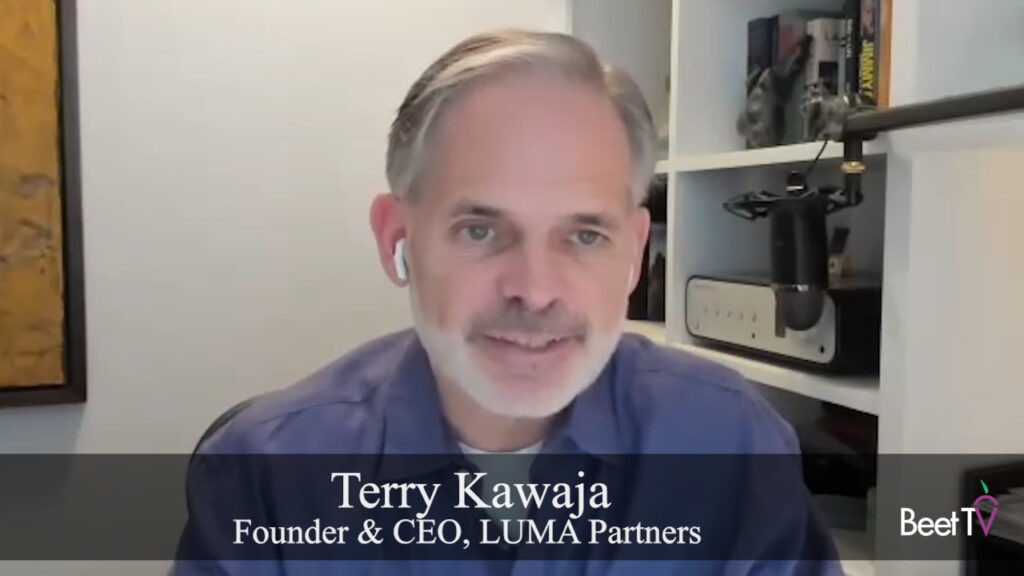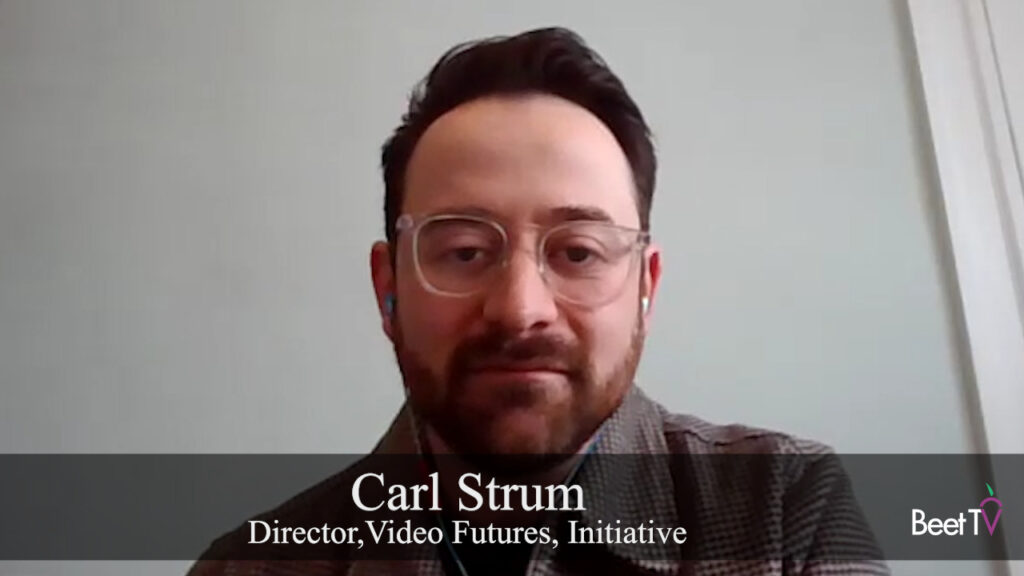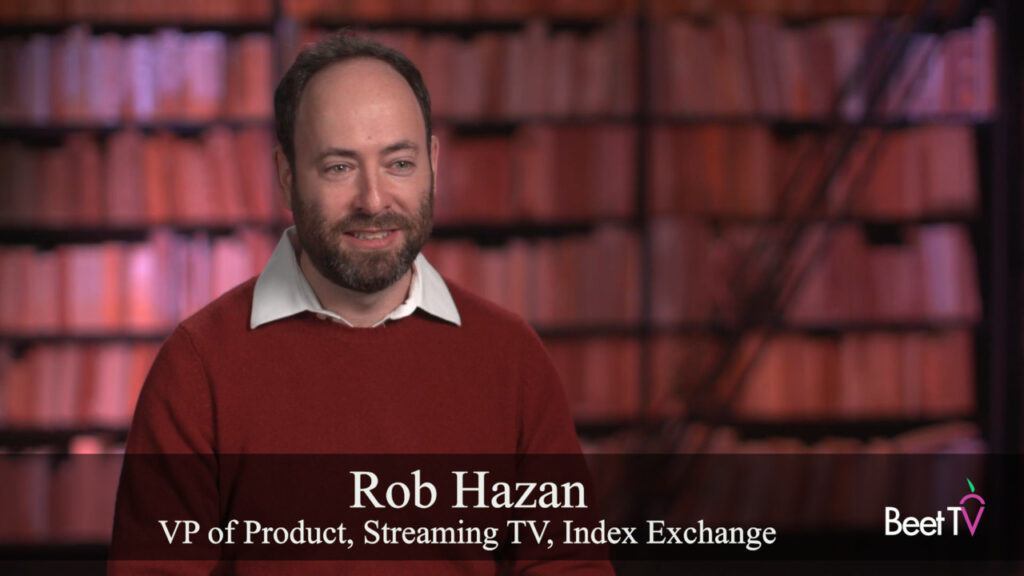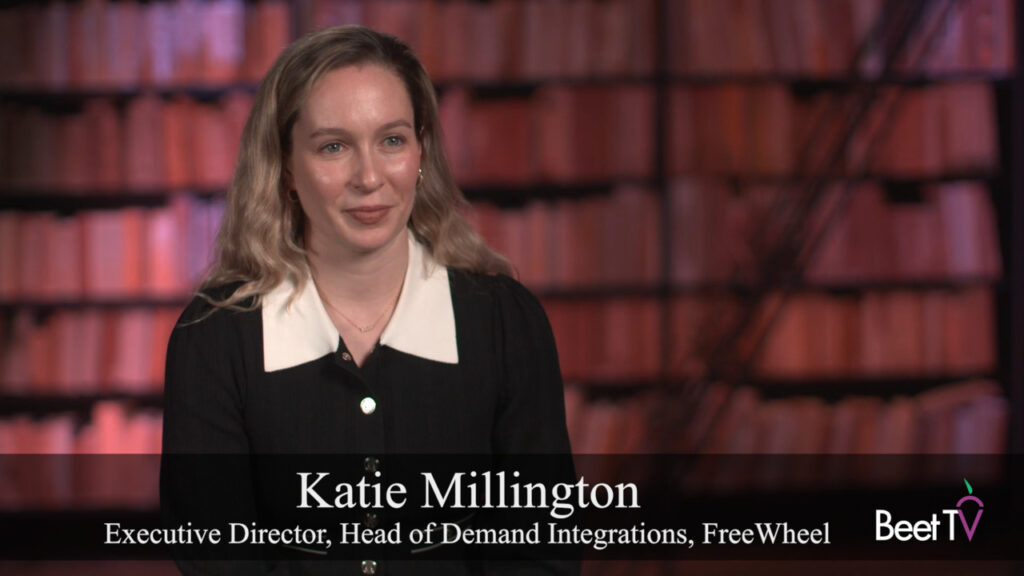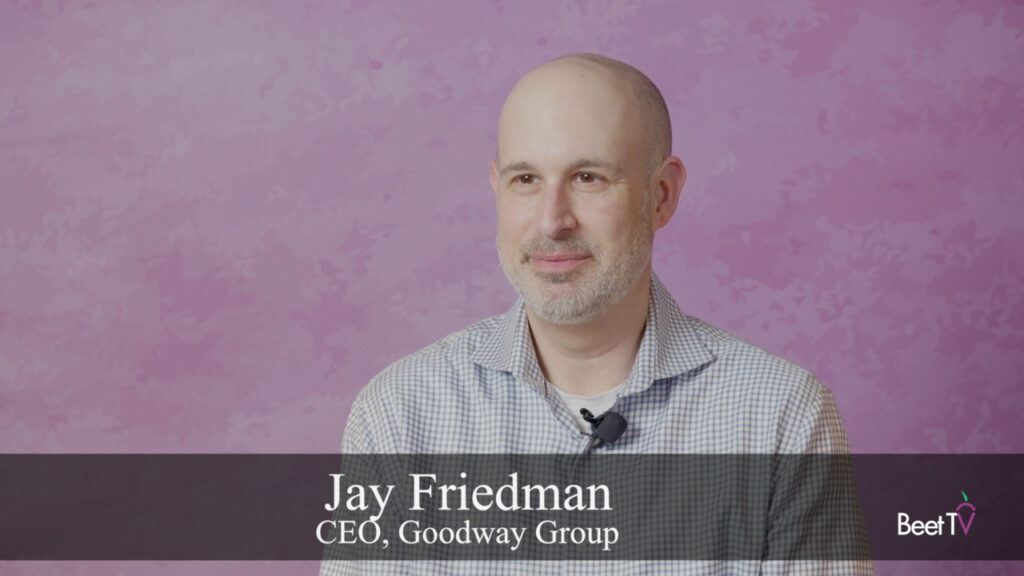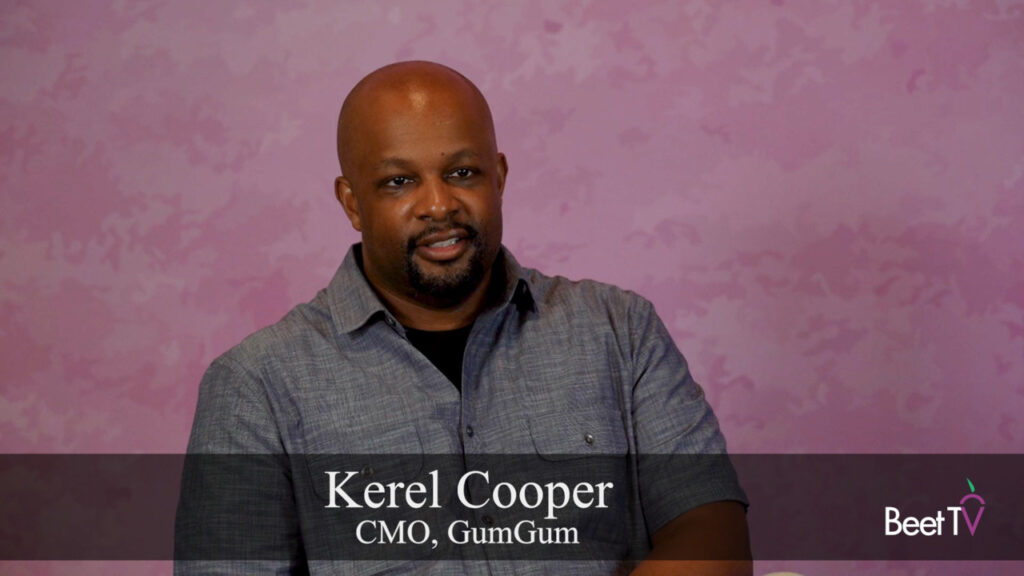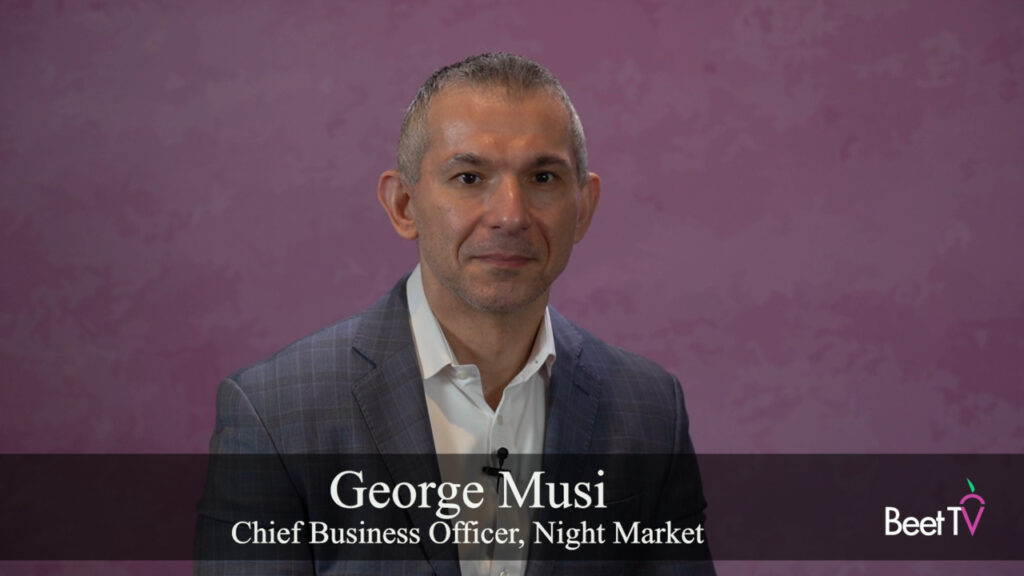SAN JUAN, PR – In 2025, media agencies are striving to concertedly adopt AI across their workflows.
EssenceMediacom is attempting to combine practical AI applications with culturally relevant moments to engage employees and transform client results.
“At WPP, we’ve actually built our own bespoke AI platform where we are able to start from a client brief and an insight and pull that all the way through the measurement,” said Madhavi Tadikonda, head of investment at EssenceMediacom, in this video interview with Beet.TV.
Making AI culturally relevant
Part of EssenceMediacom’s internal AI strategy is an educational model called “100 Days of AI,” launched in January. The employee structures AI learning around cultural moments and weekly themes to build daily habits and AI fluency.
“When we brought it to the agency, there was a lot of excitement and chatter around it,” Tadikonda explained. “We baked it all into culturally relevant moments.
”For example, when it was the Grammys, on Monday everyone does an activity for themselves, on Wednesday they do it for a productivity work hack, and then on Fridays, it’s just fun and creative hacks.”
Addressing client concerns
As agencies increasingly integrate AI into their operations, clients naturally have questions and concerns about implementation, particularly regarding potential biases.
“When it comes to demystifying it, most importantly is AI bias. We want to make sure that bias in general, media bias—we want to make sure that AI bias doesn’t exist. So there’s always a lot of questions around that directly with clients,” Tadikonda said.
The global AI in marketing sector is experiencing rapid growth, projected to expand from $27.83 billion in 2024 to $35.54 billion in 2025, according to Research and Markets. This growth underscores why agencies must address client concerns while demonstrating AI’s practical benefits.
Accelerating test and learn cycles
One of the most significant advantages AI brings to marketing is the ability to accelerate and improve test-and-learn processes, fundamentally changing how agencies approach campaign optimization.
“In the past we would have a test and learn budget set aside, and it tested, it failed or it worked or it didn’t, it was like, ‘Okay, let’s start again,'” Tadikonda recalled. “With AI you’re able to, one, do it quicker, two, deploy it in various manners all at the same time.”
This transformation enables much more agile campaign management. “You can turn something up if it’s working; you can turn it off if it’s not working, hold it steady,” she said. “In the world of real-time buying, we’re able to activate so much faster, but AI is able to give us those signals back to tell us much quicker whether something is working.”
The human element remains essential
Despite the technological advances, Tadikonda emphasizes that human intelligence remains the foundation of effective AI implementation.
“The output of AI is only as good as the input? And so much of that input is human intelligence, and all of the inputs are coming from somewhere, with someone who had a brain to input it,” Tadikonda said.
She believes the future lies in the combination of human creativity with AI capabilities. “There’s always going to be the art and the science that comes together for AI. It’s not going to be one or the other,” she emphasized.
You’re watching coverage from Beet Retreat San Juan 2025, presented by Cognitiv, Index Exchange & TransUnion. For more videos from this series, please visit this page.
















